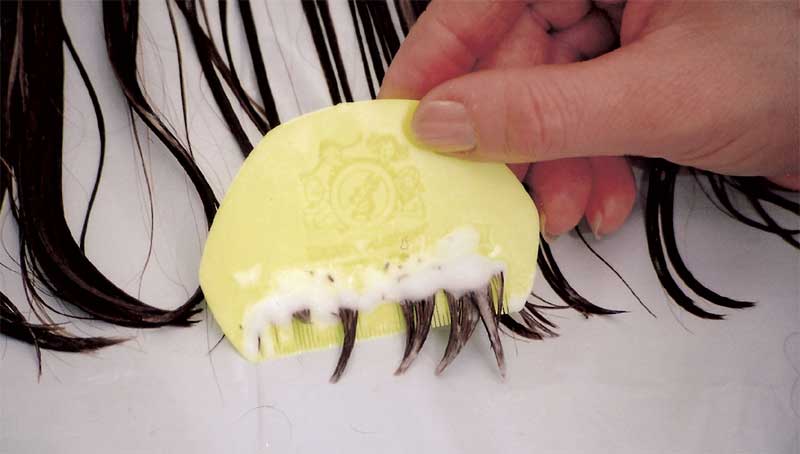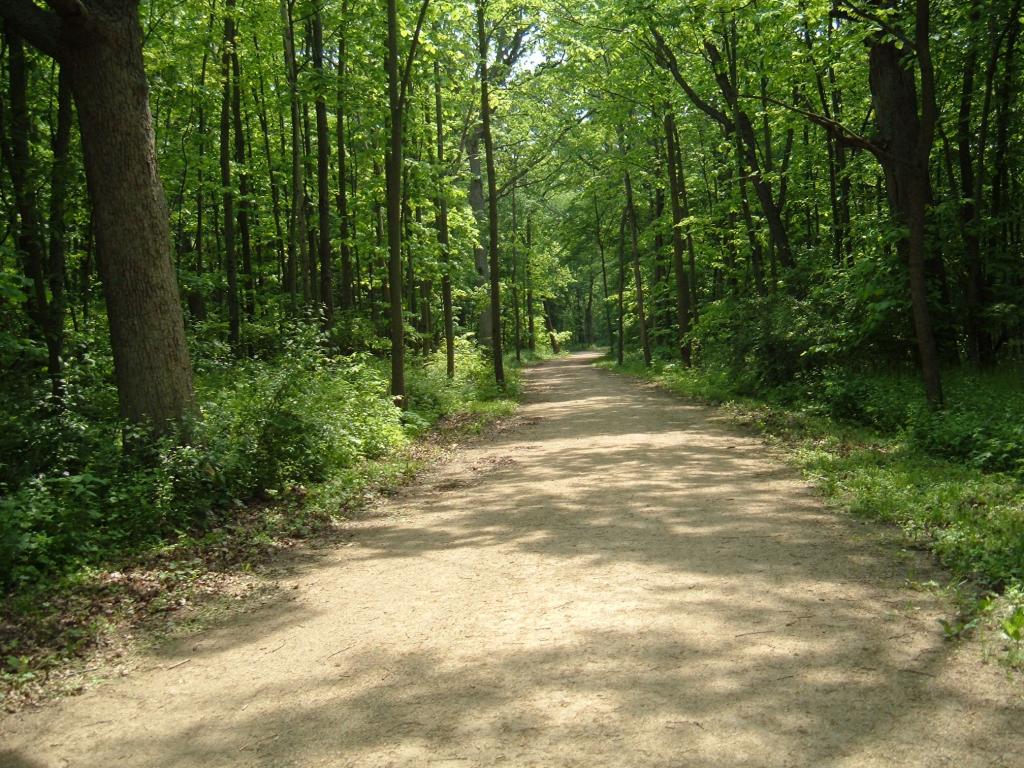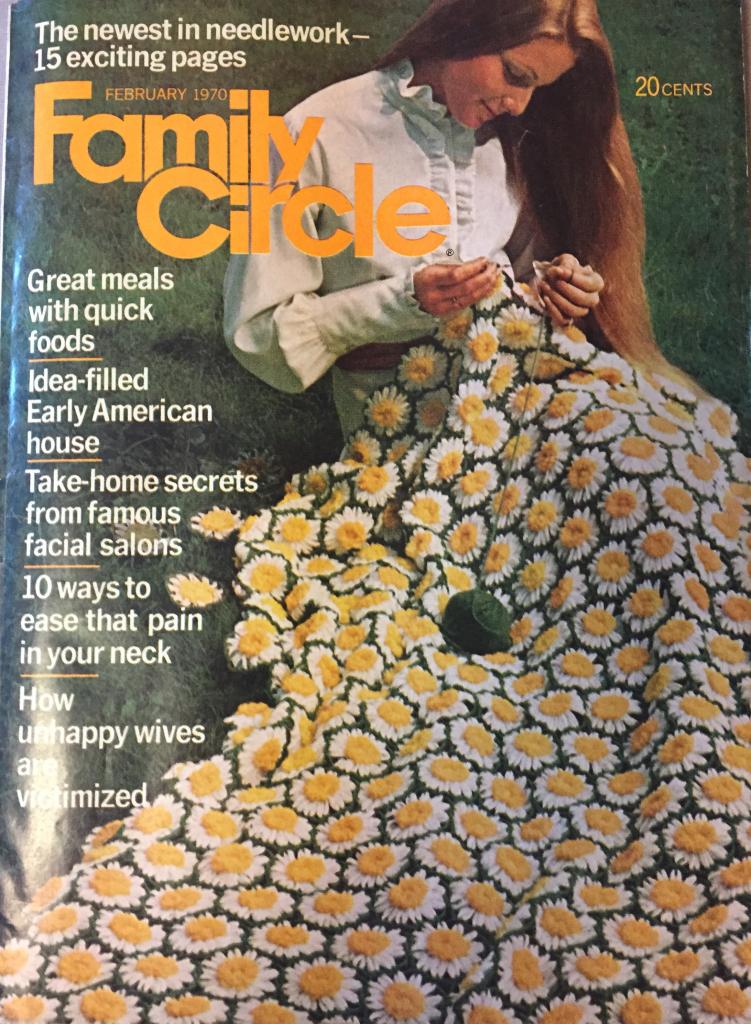
There ought to be a metaphor here somewhere . . . but let’s start with the literal lice, which I had made it through nearly 18 years of parenting without encountering, until this past spring, when my middle son, who had just entered public high school and was eager to leave Catholic school hair length requirements behind and started growing out his hair, got lice from his friends at school.
Yikes!
We followed the instructions on the bottle. We did a second treatment about two weeks after the first. Later on, I inspected his hair and it looked fine. But then a week and a half ago he said that his scalp was itchy, and, lo and behold, they were back — or more likely had never left, and had just defeated my lice-detecting skills. So it was back to the store to buy another treatment kit. And this time around, after the initial treatment, I spent the time, every couple days, engaged in a search-and-destroy mission to try to get the remaining nits. (One bright spot: of my three boys, his hair is very fine; my youngest has moderately thick and my oldest very thick hair, which would be much harder to deal with. On the other hand, for them the solution would be a simple very, very short haircut — but I’m trying to get the lice out without requiring that my middle son cut his hair.) And today I discovered that I did not get all the nits in time, and was removing hatchlings, and it’ll be a battle to, again, try to get all the newly-hatched lice before they lay eggs and start the cycle again. And it is so maddenly difficult to see these suckers — they look like fuzz until you’ve wiped them off onto the lice comb.
A few things I’ve learnt (which, on the other hand, aren’t guaranteed to be true):
The lice comb at the supermarket is only moderately useful. It’s basically a very fine-toothed comb, but doesn’t do much for the nits that are glued to your hair. Today I bought another one which seemed to do more at scraping the nits off (similar to this one). I have also read that the chemical lice treatments are not as effective as you’d like them to be because lice have become resistant; today we tried a different one which didn’t make such lice-killing claims but promised to remove the “glue” by which the nits adhere to the hair; we’ll see how well that worked. And reportedly, lice actually are more likely to infest kids who wash their hair regularly, as it makes it easier for the eggs to attach.
It puts the expression “nit-picking” in a whole new light, of course — because however much “nit-picking” in the figurative sense implies being overly picky, in the case of literal nit-picking, you do indeed need to get every single one of the nits or hatchlings removed before they become mature lice, lay eggs, and start the cycle again.
And, of course, I’m kicking myself and wondering whether, in the first round, when I thought, after the two treatments, we were done, I would have known better if I had looked more closely, with better lighting, with a lice comb rather than just by parting the hair with my hands. But at the time, I figured that I had followed the directions and all would be well — after all, the product claimed to kill lice and nits, so surely any nits that weren’t removed were dead anyway, right? Little did I know that wasn’t the case!
So that’s our lice drama.
Any resemblance to current events — well, let’s say that’s an exercise left to the reader.
image: https://commons.wikimedia.org/wiki/File:Bugbuster.jpg; By Thanks for the polite permission of the Community Hygiene Concern, Joanna Ibarra (Deutsche Pediculosis Gesellschaft e.V.) [CC BY-SA 3.0 (https://creativecommons.org/licenses/by-sa/3.0)], via Wikimedia Commons













